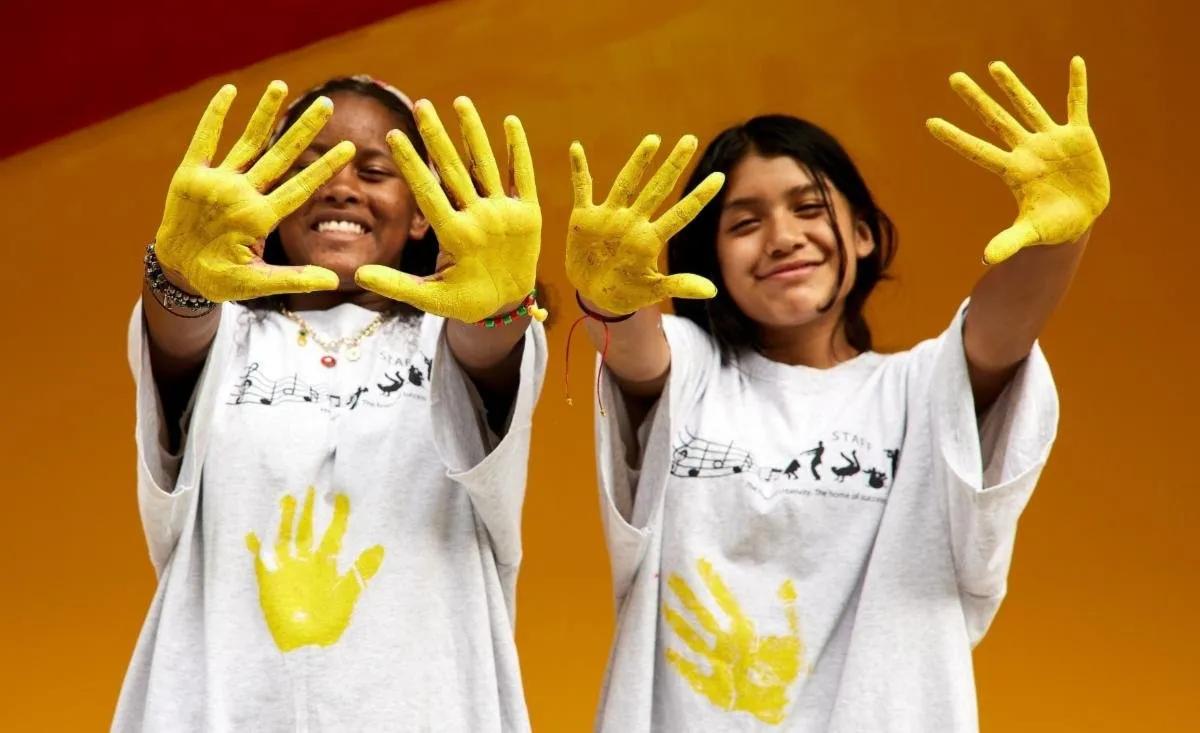Reflecting on 90 Years: Jackie Weld Drake’s Vision for Casita Maria’s Future
- Grant-related
- Inspiration
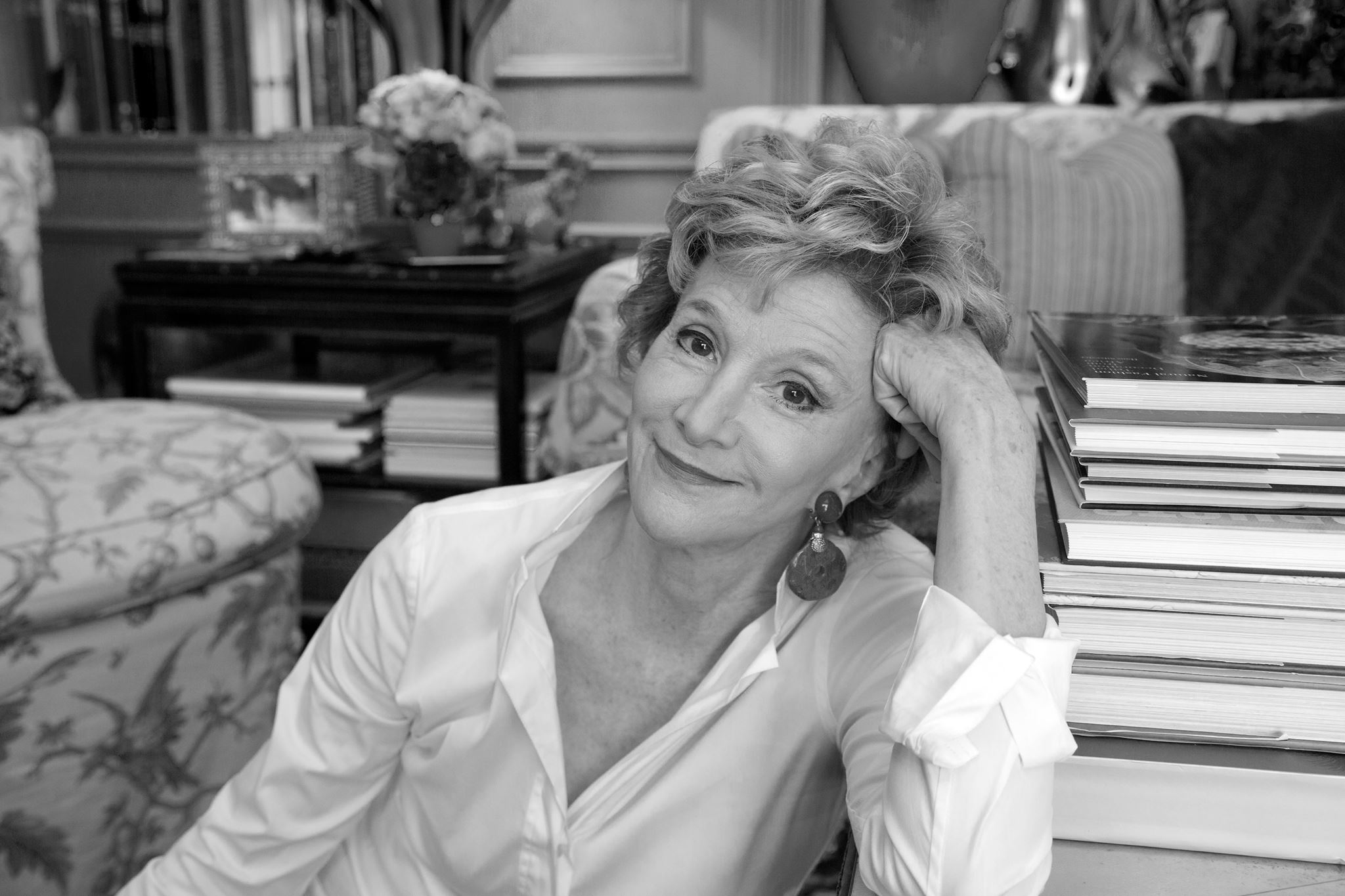
Jackie Weld Drake’s Journey with Casita Maria
“Very often I say my commitment to Casita Maria is for supernatural reasons,” Jackie Weld Drake reflects on her deep-rooted connection with the organization. Her involvement began when she was a young attorney in New York, belonging to a group called International Lawyers. It was through this group that she met Alfredo Ortiz Murias, a prominent figure from a Puerto Rican family, the driving light and the driving force behind Casita Maria.
Alfredo introduced Jackie to the executive board and the executive director of Casita Maria, quickly immersing her in the organization’s activities. “If you knew Alfredo, there is no way you didn’t go to Fiesta,”. Soon enough, you were on the board, and before you knew it you had all kinds of responsibilities, she fondly recalls. Alfredo sadly passed away young and on his deathbed he said: “Get Jackie!” Ever since, Jackie has worked tirelessly for the organization she believes in enormously due to her Latin background and also to honor Alfredo’s memory.
The Essence of Casita Maria
Jackie emphasizes the distinct impact of Casita Maria, stating, “Since Casita, there have been other organizations trying to capture the same people, but don’t do it the same hands-on way that we do.” The organization has graduated generations of remarkable people who have pursued successful careers, including notable figures like Tito Puente and Rita Moreno.
“What I think that Casita does is that it shows people that there is a world beyond the three square blocks that they live in. ”
She also attributes the success of Casita Maria’s students to the strong support from their families. “Our students have an advantage because it is their families who bring them in, their families who want their kid to succeed. And that already is a leg up,” she says. This familial focus is integral to Casita Maria’s approach, fostering a community that deeply cares about each child’s welfare. “That’s why we always say it’s the Casita family. It’s a whole group of people who are interested in the welfare of that child,” Jackie adds, highlighting the collective effort that drives the organization’s success.
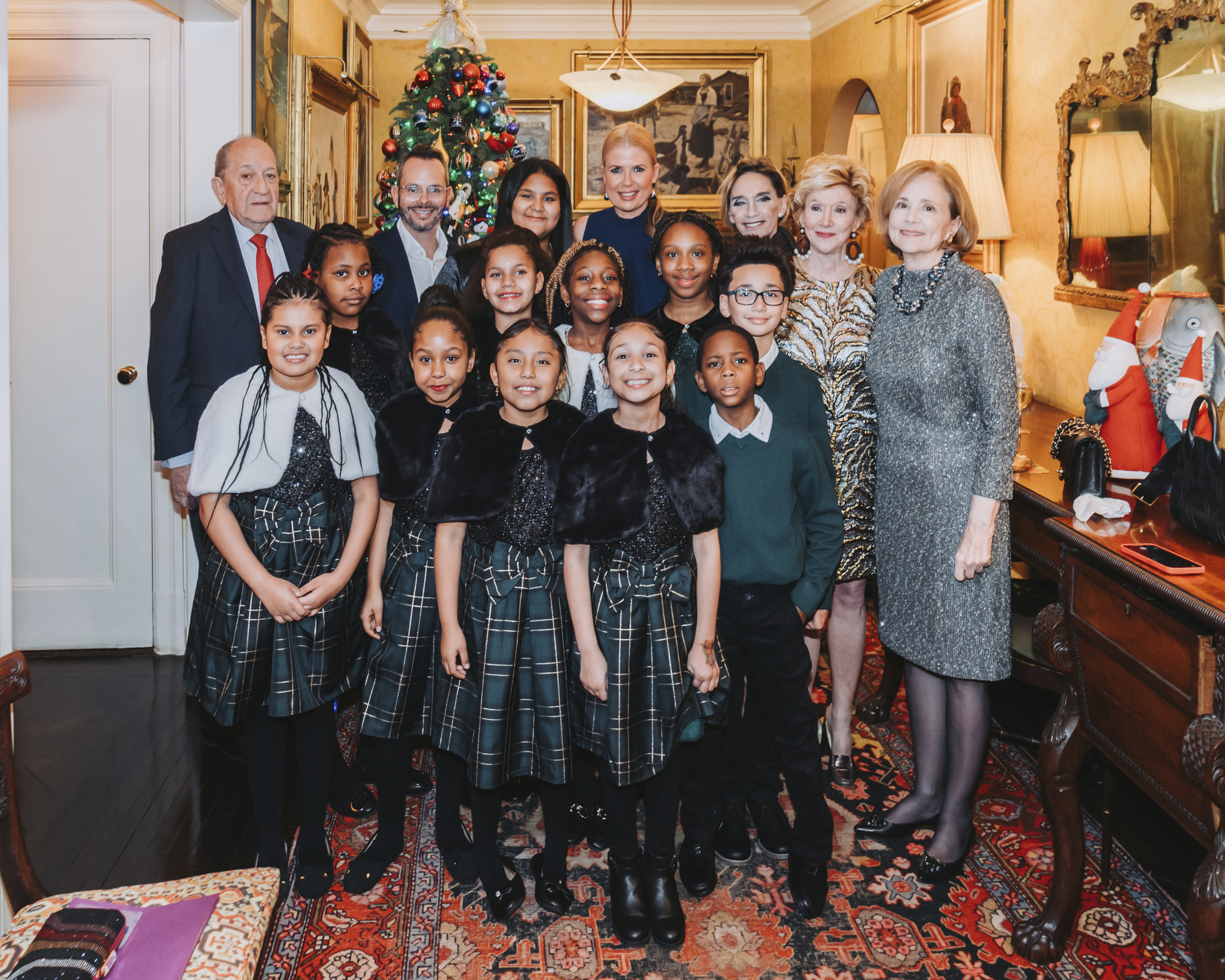
Challenges for Casita Maria
Financial Struggles
Casita Maria has long faced financial challenges. “Our challenges have always been money,” says Jackie. Despite being a well-established organization, attracting funding for educational programs is difficult. “Teaching little kids is not sexy! People would rather give their money to a museum, for walls full of artwork that nobody will see, as opposed to the hands-on work that we do.”
The organization has a reputation for being bigger than it is, primarily due to the annual Fiesta, which is crucial for raising unrestricted funds. “We rely on government funding, which is quixotic. One year they give it, the next year they delay it, but almost always they delay it. They expect you to start the program, run the program, and incur the expenses way before you get the money,” Jackie explains. This unpredictable funding creates significant hurdles for the organization.
Gang Influence
Another major challenge is the pervasive influence of gangs in the community. “We’re still facing tremendous challenges, especially from the gangs,” Jackie says. “It is sad to say, but the gang cynically recruits kids, because under the law they can’t be prosecuted, so they put a gun in the hand of a 10-year-old and say, shoot! The kid is possibly going to shoot and there’ll be no repercussions.”
Jackie highlights the ongoing crime issues in New York City, which primarily affect the local community. “Crime in New York City has grown, and of course, it feeds on itself. It’s mostly their community that must deal with the effects of the crime. We still have many challenges ahead, and I maintain that it’s only through a space like Casita Maria, where young people can be safe, where the parents know the kid is safe.”
Education System Failures
The failures of the city’s education system also pose significant challenges. “I don’t see any signs on the horizon that the gangs are going to get better. The crime situation is going to get better. The sad truth is we’re putting in what the schools leave out. Our kids deserve an education, and they’re not necessarily getting it. By and large, the city schools are not performing. They are graduating students who are functionally illiterate.”
Jackie expresses her frustration with the education system and the barriers to effective teaching and learning. “One in five New Yorkers is functionally illiterate. How are these kids going to work in a technological society if they are not given basic math?”
With these challenges in mind, Jackie remains steadfast in her commitment to Casita Maria, ensuring it continues to provide a safe and supportive environment for the children and families it serves.
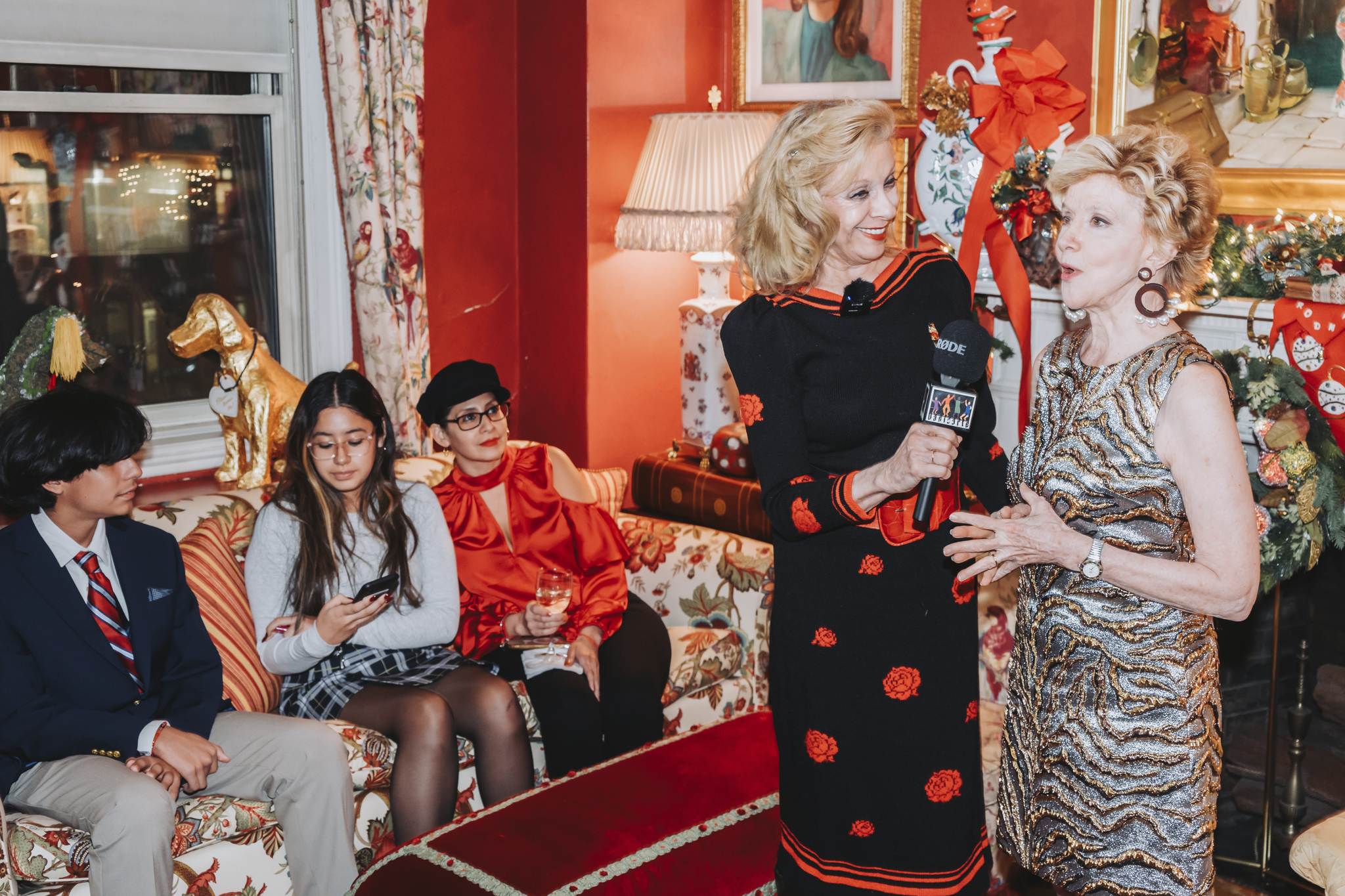
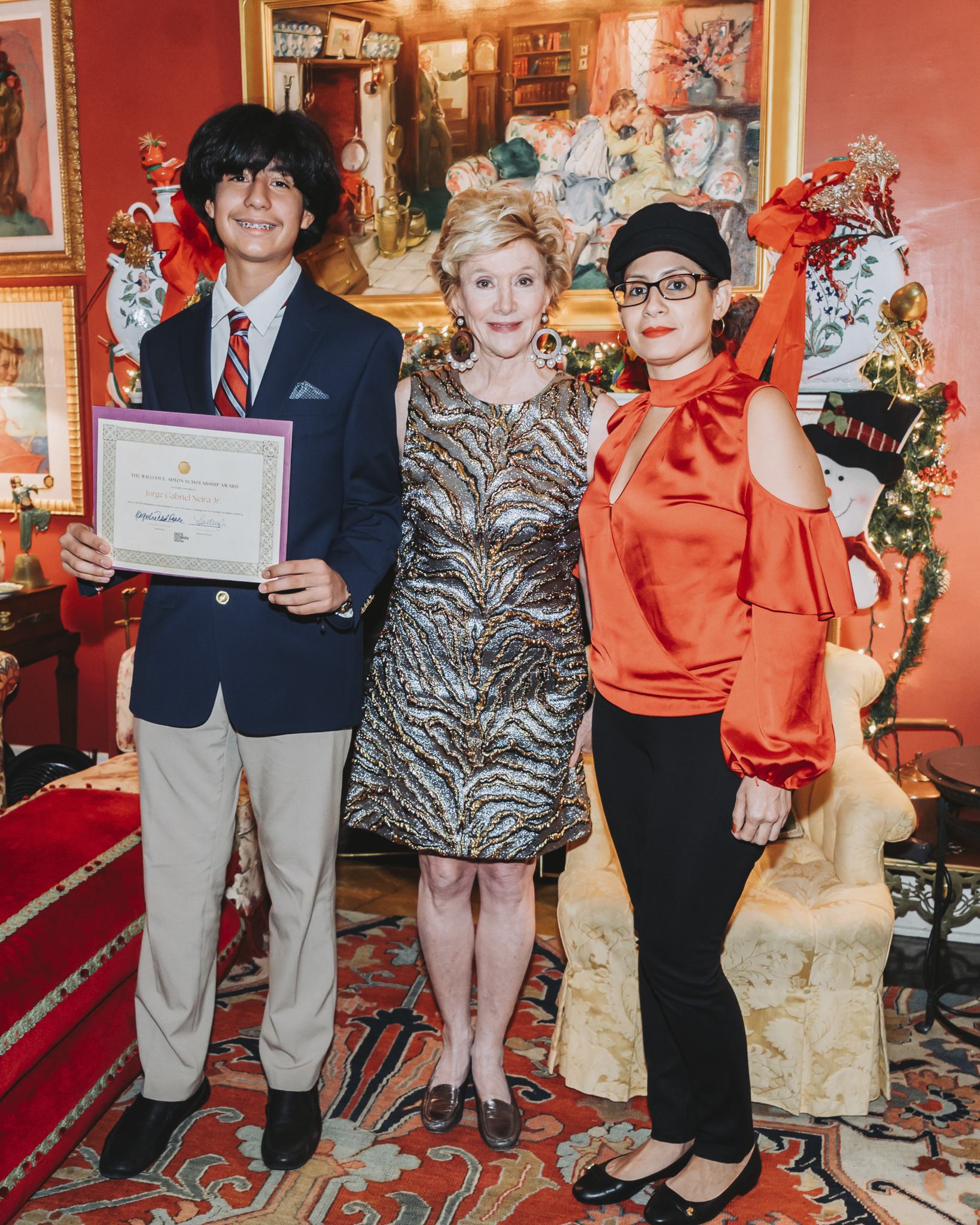
Greatest Achievements
Building a State-of-the-Art Facility
Casita Maria was started in the living room of two schoolteachers, the O’Sullivan sisters, who saw the need to help Puerto Rican children struggling with a new language and school system. They eventually moved to the Bronx and in time they bought an old synagogue and the adjacent property. “My greatest achievement is seeing through the construction of a completely new state-of-the-art building on that property,” Jackie said. Instead of selling the property to the Board of Education, she proposed a rental agreement for a hundred years. “As a result, we have a state-of-the-art building. We have exclusive use of one entire floor and use of the entire building after school,” she explained. This strategic decision has provided a sustainable and long-term solution for the organization.
The programs at Casita Maria have evolved over time to meet community needs, including facing the COVID-19 pandemic. This was especially tough for those in service industries who still had to work and use crowded subways, putting them at high risk. During this period, Casita Maria implemented online schooling, provided meals, and managed to get through it. “You know, and I think when you look back as a fellow board member, one of your greatest achievements is how you really led us through the pandemic. We’re in a different world now. So many nonprofits closed during that time, but we didn’t. We thrived. You led us through the most difficult time for Casita,” George Corton remarked.
Highlighting the Contributions of the Hispanic Community
Jackie is passionate about highlighting the contributions of the Hispanic community, particularly during challenging times like the pandemic. “Sometimes it bothers me that people, Americans at large, don’t understand the enormous contributions of the Hispanics. They come here to work, and this immigration talk is upsetting because Hispanics come to the United States to work, and they work hard. Pause a second look back and around you, the ones who kept working during the pandemic, the people who are working in the restaurants—it’s Latinos,” she noted.
Jackie emphasized the importance of maintaining cultural identity and bilingual education. “Whenever I visit Casita, I ask the kids if they speak Spanish or other languages at home, for we are ecumenical and we do serve non-Latino kids. It’s so important to maintain their languages. When I was a little girl, I was embarrassed to speak Spanish because I wanted to be like everybody else. But I’m so grateful that I grew up learning both languages.”
Jackie Weld Drake’s leadership has been instrumental in guiding Casita Maria through significant challenges and ensuring its continued impact on the community. Her achievements reflect her unwavering commitment to the organization and its mission.
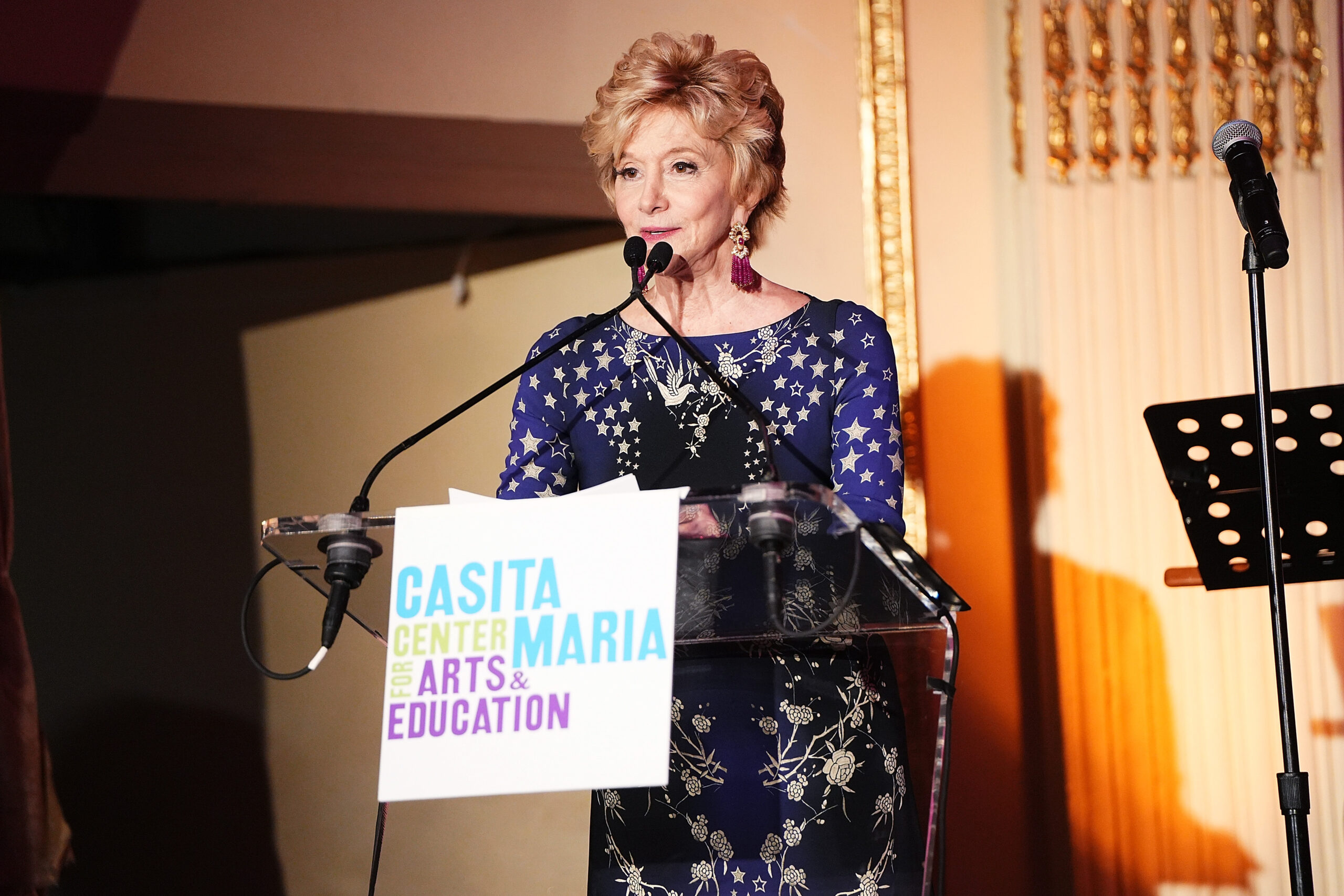
Future Aspirations for Casita Maria
Expanding Programs and Ensuring Safety
Jackie Weld Drake envisions a future where Casita Maria continues to expand its programming and enhance its role as a hub for art and education. “I would just like to expand our programming more and more. And a focus, however, on our own center, which has become a hub for art and education. And let’s add safety, which is not an unimportant element,” she emphasized. Her goal is not only to sustain the organization year-to-year but to secure its future for at least another century.
“ My hope it's almost just short-sighted that we survive year to year. It's certainly that we survive and at least get to a hundred. This will require having a strategic plan that has a vision—a financial vision, frankly, to continue. I would like to see us be on an even keel so that we know that we are funded to do what we need to be doing into the future. ”
Strengthening Partnerships and Collaborations
Jackie recognizes the importance of partnerships in achieving these goals. Reflecting on past collaborations, she recalled, “Early on, we had a wonderful collaboration with American Ballet Theater. I knew Lew Ranieri, who became the head of it, and we discussed how Latinos were such an important part of the ballet company. The corps de ballet of ABT was mostly Latino.”
An event at the Apollo, an later on reprised at the Metropolitan Opera House called, Dance Arriba, featured ABT’s Latino stars and a presentation by Casita Maria’s students. “ABT came up to Casita and taught dance, and that was very, very fruitful. I’d like to continue those collaborations more and more. We have invited organizations like the Guggenheim, who was interested, and so on. We need more people and money to continue doing that,” she noted.
Expanding Beyond the Bronx
When asked about expanding Casita Maria beyond the Bronx, Jackie expressed her long-term vision. “We definitely have thought about expanding, perhaps to Connecticut or Florida. But again, we need to ensure our own house is in stable order before we can expand. These initiatives require the desire and commitment from the people who are actually working, and we are currently understaffed.”
Jackie shared how leading Casita Maria has shaped her life. “It shaped my life because I dedicate so much of it to it. Conversely, I have shaped it because I have wanted Casita Maria to be a beacon of what it means to be Latino and to educate people on who we are.”
Looking to the future, Jackie expressed her hopes: “I look forward to involving new people, new initiatives, new programs, and, at one point, expanding so as to be able to serve even more people. Expanding into other communities—the tri-state area, Florida—seems to me a no-brainer, and I would like to have that happen.”
Her message to the Casita Maria community and supporters is clear: “I want to be the future and maintain our excellent standards, teaching more and more generations of Latino kids. We are open to everyone who comes through our doors, so we have an increasingly ecumenical student body. I just want Casita Maria to continue its long legacy into the next century.”
Honoring Contributors at the 90th Fiesta
Jackie also expressed her excitement about honoring contributors at the 90th Fiesta, including Wes Gordon, Lucy Doughty, James R. Borynack and Adolfo Zaralegui. “Let me start with Wes Gordon, who is currently designing for Carolina Herrera. Carolina Herrera was one of our original honorees, and we have a tradition of honoring designers. Fiesta honors three outstanding individuals for their contributions to the arts, philanthropy, business, and so on.”
She added, “We are also delighted to honor Lucy Doughty, a well-known philanthropist, James R. Borynack and Adolfo Zaralegui, head of Wally Findlay Galleries, which has been significant in promoting Latino artists.”
Felix’s Fiesta Description
Casita Maria’s annual Fiesta gala commemorates the important work the organization does on behalf of children, youth and families in one of the nation’s most challenged communities. This fundraising event celebrates outstanding individuals for their contributions to the world of art, philanthropy, business, and government. Attendees include notable members of the New York City business, nonprofit, arts, fashion, and philanthropic communities. Fiesta is a time to celebrate service, culture, and the indelible impact that Latinos have on society.
